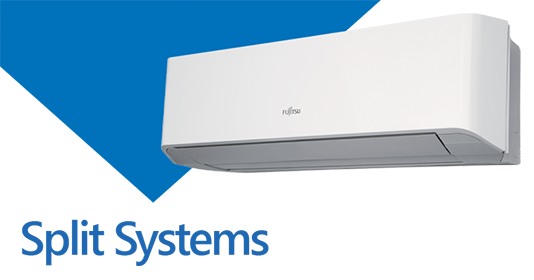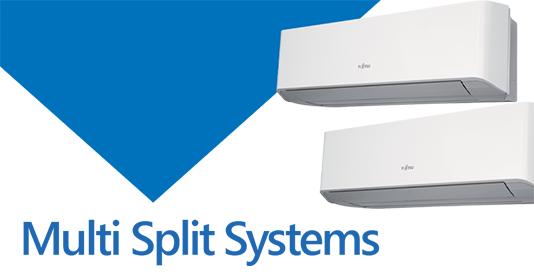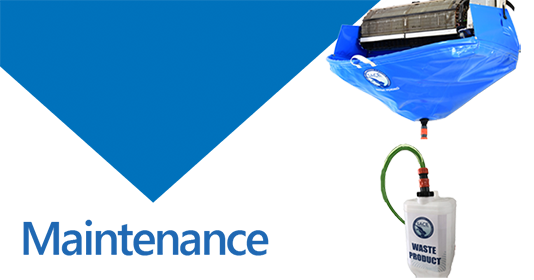Replacing your existing air conditioner
We make replacing air conditioners easy!
When replacing an air conditioner it is always best practice to also replace the interconnecting refrigerant lineset as oils and particulates will contaminate the system if the lineset is not replaced or treated before a new refrigerant is introduced. As refrigerants have changed and become more efficient over the years, replacing linesets is not always possible due to them being installed inside of the walls, ceilings and floors before being plastered over for a number of years before the air conditioner fails.
Before any air conditioner can be dismantled, the refrigerant inside it first must be recovered, so the refrigerant (usually a chlorofluorocarbon (CFC) or hydrochlorofluorocarbon (HCFC) does not ventilate into the atmosphere primarily because if a CFC or HCFC reaches the upper atmosphere, ultraviolet light breaks the carbon-chlorine bond and then produces chlorine molecules. The chlorine molecule then becomes a catalyst - destroying every ozone molecule it touches, for approximately 40 years. This is why you have heard of the ‘hole in the ozone layer’ and why CFC’s and HCFC’s are controlled substances and air conditioning technicians must have the appropriate licences remove or replace an air conditioner.











